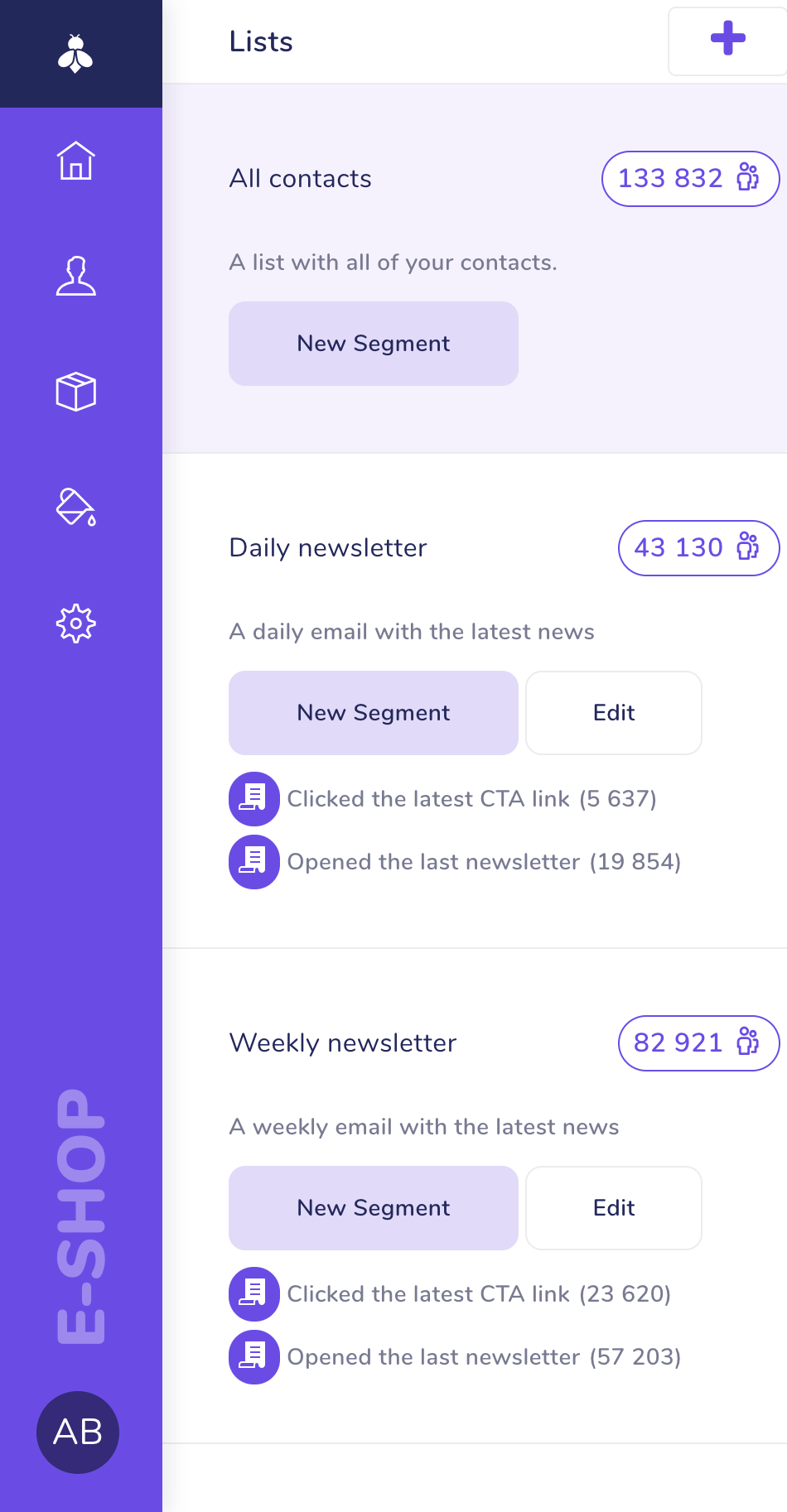Tips for building a Single Page Application
Everyone’s building single page applications (SPA) these days. We’ll take a look at some of the challenges and best practices for building JavaScript heavy applications. Some of the things might not be so obvious at first glance, but it definitely helps to think about this up front. After all, it’s quite a big decision to go JavaScript all the way.
 Trackets Blog
Trackets Blog